Roaring Forties, Furious Fifties and Ice
Published on December 4th, 2017
British-born meteorologist Libby Greenhalgh, who was navigator for Team SCA in the 2014-15 Volvo Ocean Race, is providing exclusive insight into the current edition for B&G, the official race electronics supplier. In her latest report, she details the upcoming third leg from Cape Town, RSA to Melbourne, AUS.
The scoreboard has an opportunity to be mixed up a little at the end of this leg as teams push themselves at top speed in cold wet and windy conditions of the Southern Ocean, desperate to get the double points for this leg. But mistakes will cost them dearly, especially as the time frames are tight at the finish in Melbourne.
Originally this leg wasn’t stopping at Melbourne and the teams were turning at Australia and heading north to Hong Kong. Now they have a short stop in Melbourne but they won’t have time or people to work on the boat and will need to load everything they need for Hong Kong in Cape Town. So, as always in this race, the most important thing is that you need to be able finish each leg, or in this case, start the next.
Excitement from the word go
Starting on December 10 in the early afternoon, this leg often has the most exciting start. The inshore loop for the Leg start is never straightforward, with typically a SE’ly which means the wind is coming over Table Mountain.
This wind direction delivers anything from zero to 40 knots, with damage sometimes before the boats have even finished the loop. Much as we saw for the start at Lisbon, managing equipment in the excitement of a start loop, never mind a big double point leg, is key.
The Route
The route is roughly 6500nm from Cape Town to Melbourne with routes averaging anything from 12-16 days, so it could be Christmas at sea. The course is pretty simple out of Cape Town: turn left past the Cape of Good Hope, and then head towards Melbourne, being sure to avoid the ice exclusion zone that has been put in to keep the teams away from the majority of the known ice.
The finish line is right up in the north of Port Phillip Bay off Melbourne, although there is a virtual gate outside the bay to allow the race committee to shorten course. With Melbourne being very much a pit stop, they have also added in the ability to shorten the course for other boats once one or more boats have finished.
Ice Ice Baby
The Ice Exclusion zone may be amended as the teams race along but ultimately they will most likely be skirting their way along this zone to stay in the best wind. Once again teams will be trying onto hook onto a pressure system and cruise along with a front, only this time they will be further south, the temperatures will be colder and the winds will be stronger.
Phrases such as the ‘Roaring Forties’ and the ‘Furious Fifties’ will be being discussed and reminisced by the old hands and create nervous excitement amongst the newer members to the race. So far the teams have had a gentle ease into what the Southern Ocean might be like, in this leg and the next they are going to be as close as they can get to it. They will experience air temperatures of around 5 degrees, with wind chill making it feel more like minus 5° C with winds around 35-45 KT. No doubt this is life at the extreme.
Leaving Cape Town
The goal is to dig south to the stronger breeze where the low-pressure systems are rolling around the globe; however, some of the weather patterns don’t always let you go where you want.
Initial forecasts show a narrow high pressure system extending to the east below South Africa which makes getting to the stronger westerlies at the higher southerly latitudes not so straightforward. It therefore isn’t just a case of heading southeast.
Clearly this forecast is several days out, but it does show that we could see some interesting early decision making needing to happen as pressure is king and getting into the breeze would be key. Balancing the distance you give away getting to the pressure versus the time you gain in the pressure is the difficult call and if this set up holds we could see a spread in how the teams leave Cape Town.
Overall Results (after 2 of 11 legs)
1. MAPFRE (ESP), Xabi Fernández (ESP), 14 points
2. Vestas 11th Hour Racing (DEN/USA), Charlie Enright (USA), 13
3. Dongfeng Race Team (CHN), Charles Caudrelier (FRA), 11
4. Team AkzoNobel (NED), Simeon Tienpont (NED), 7
5. Team Brunel (NED), Bouwe Bekking (NED), 6
6. Team Sun Hung Kai/Scallywag (HKG), David Witt (AUS), 5
7. Turn the Tide on Plastic (POR), Dee Caffari (GBR), 2
Race details – Live content – Scoreboard – Race route – Facebook – YouTube
The next In-Port Race is December 8 in Cape Town, South Africa with the third leg starting December 10 for the 6500 nm course to Melbourne, Australia. Leg 3 is expected to take 12 to 16 days to complete.
2017-18 Edition: Entered Teams – Skippers
• Team AkzoNobel (NED), Simeon Tienpont (NED)
• Dongfeng Race Team (CHN), Charles Caudrelier (FRA)
• MAPFRE (ESP), Xabi Fernández (ESP)
• Vestas 11th Hour Racing (DEN/USA), Charlie Enright (USA)
• Team Sun Hung Kai/Scallywag (HKG), David Witt (AUS)
• Turn the Tide on Plastic (POR), Dee Caffari (GBR)
• Team Brunel (NED), Bouwe Bekking (NED)
Background: Racing the one design Volvo Ocean 65, the 2017-18 Volvo Ocean Race begins in Alicante, Spain on October 22 2017 with the final finish in The Hague, Netherlands on June 30 2018. In total, the 11-leg race will visit 12 cities in six continents: Alicante, Lisbon, Cape Town, Melbourne, Hong Kong, Guangzhou, Auckland, Itajaí, Newport, Cardiff, Gothenburg, and The Hague. A maximum of eight teams will compete.


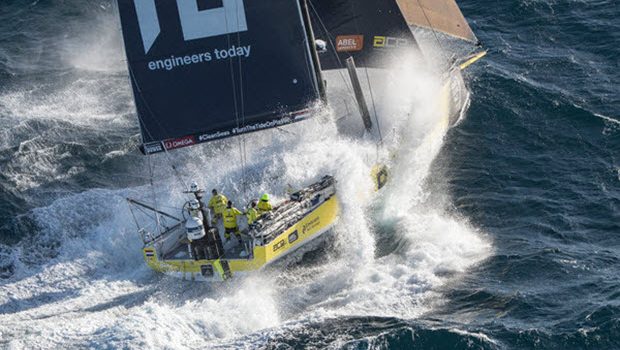


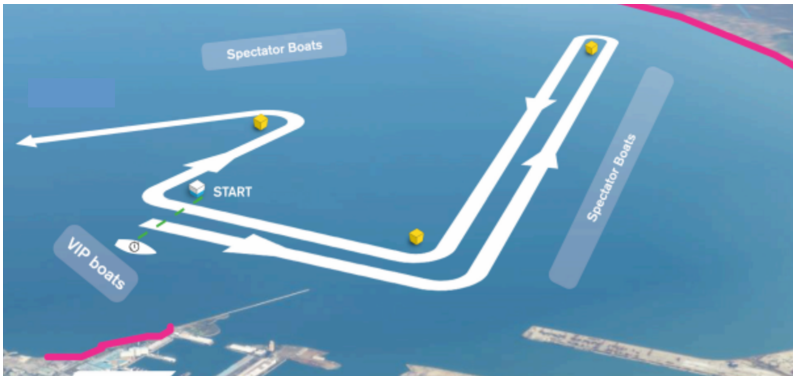
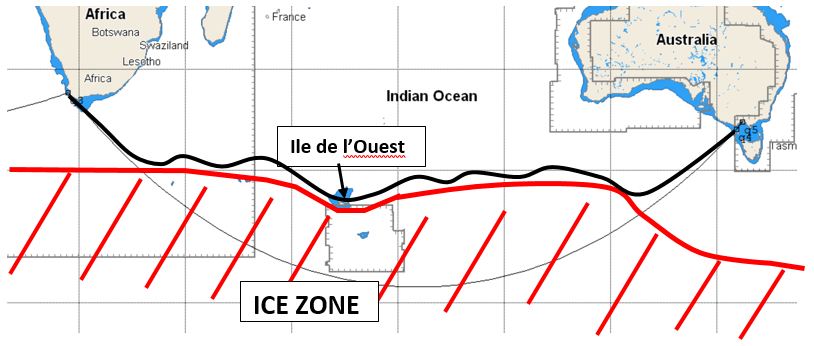
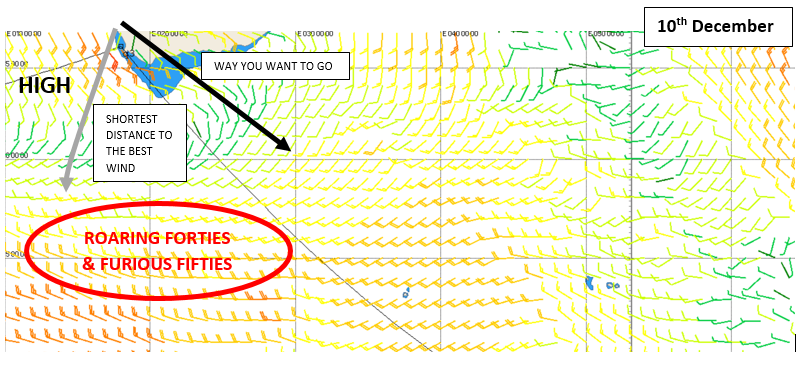

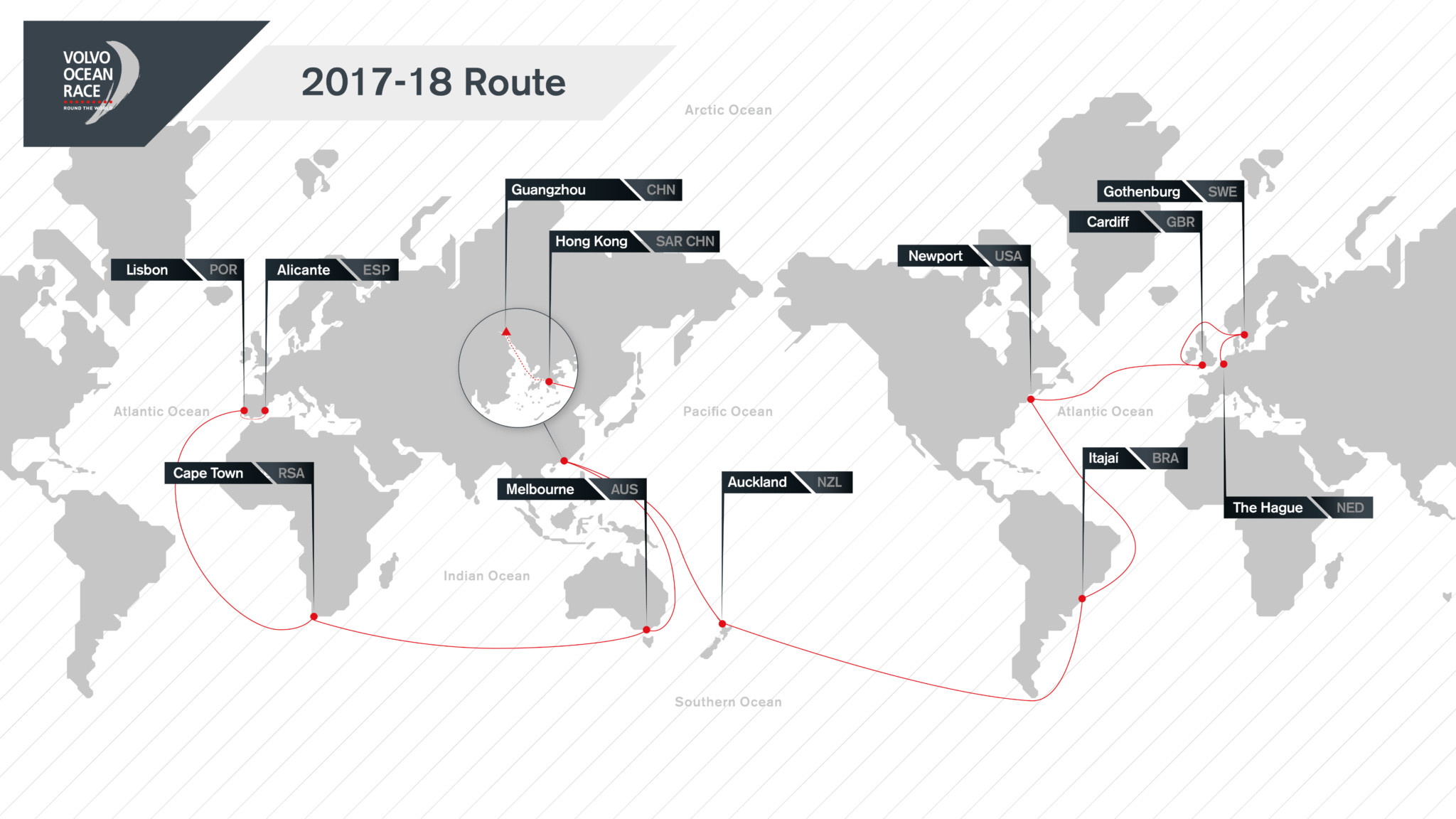





 We’ll keep your information safe.
We’ll keep your information safe.